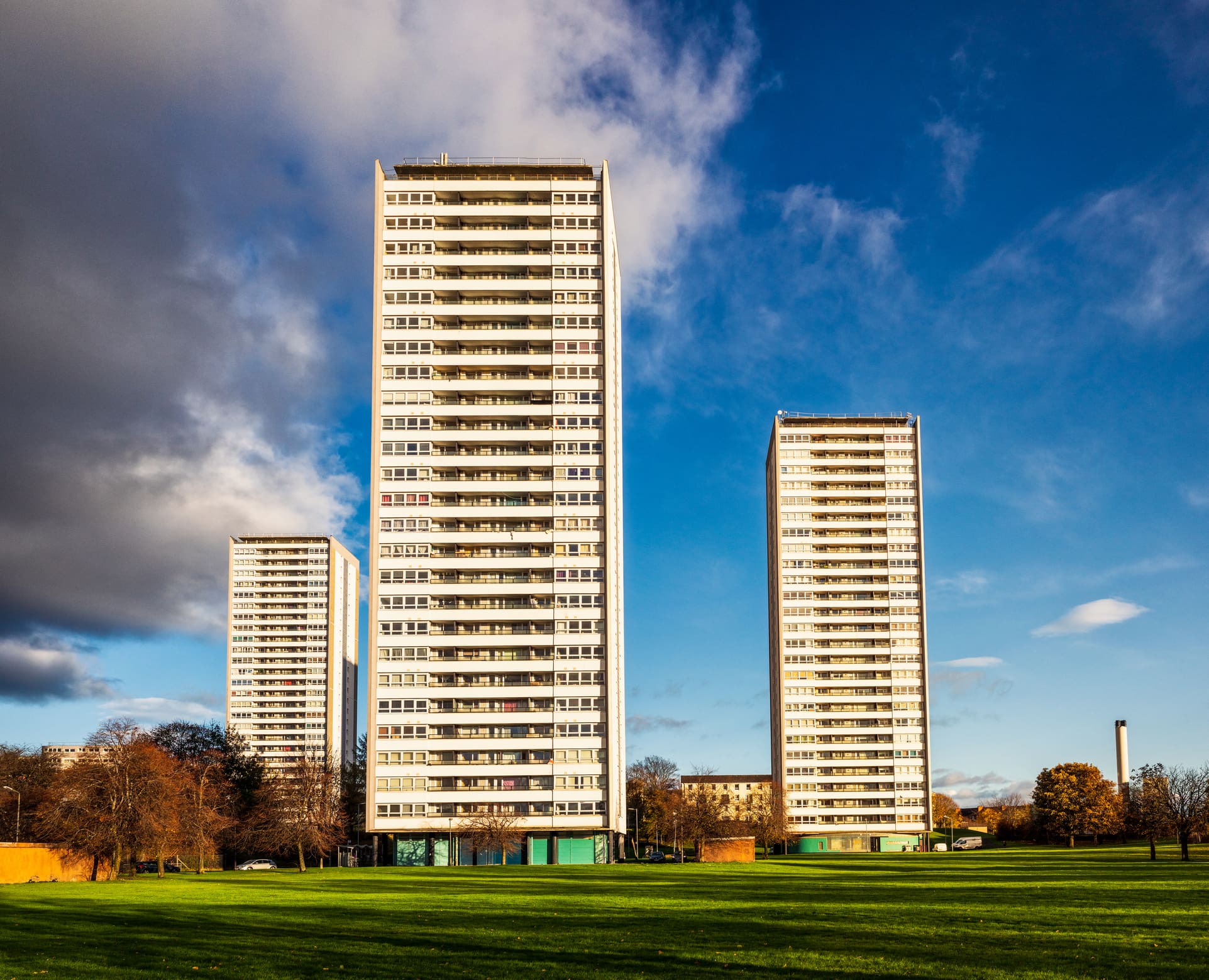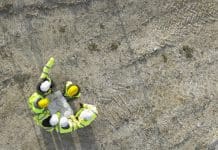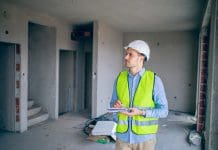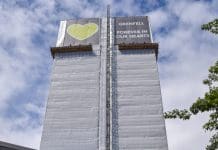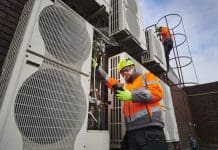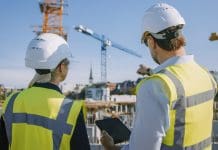David Marsden, property litigator partner at Freeths LLP, assesses the question of liability in the Building Safety Act, and what developers and building owners should be aware of
The Building Safety Act 2022 came into force on 28 June 2022 in direct response to the Grenfell tragedy in June 2017 in which 73 people lost their lives.
It is well known that at Grenfell the fire escaped to the external cladding which enabled the fire to spread rapidly. Focus has therefore been on ensuring that dangerous cladding is now removed from residential Higher-Risk Buildings.
Future Steps
In terms of its proposals for the future, the Act creates some very sensible mechanisms:
Principal Accountable Person
The Act introduces the concept of a Principal Accountable Person, being generally a party who is responsible for assessing and managing a building’s fire and structural safety risks. There can only be one Principal Accountable Person per building. That is important because the Principal Accountable Person has various duties and may be subject to criminal sanctions if they are in breach. It is therefore crucial that everybody knows who the Principal Accountable Person is, so that there is a clear obligation on a clearly-identified party to ensure that any fire and structural safety risks do not go undetected.
Building Safety Regulator
The Act creates the Building Safety Regulator, an independent authority with enhanced powers to monitor and enforce compliance with the safety regulations. The Principal Accountable Person had to register the building with the Building Safety Regulator and in doing so they had to submit structure and fire safety information about the building.
New Duties
The Act imposes new duties on the Principal Accountable Person, including putting measures in place to reduce building safety risks, reporting duties, and keeping information about the building for the building’s safety case.
Criminal Sanctions
The Building Safety Regulator can issue a compliance notice on a Principal Accountable Person and, in some cases, even prosecute.
Special Measures Manager
If a Principal Accountable Person does not fulfil their duties, a special measures manager can be appointed to take over the functions of the Principal Accountable Person. This maintains the focus on ensuring the important life-saving functions are carried out.
Contravention Notices
These give the Principal Accountable Person the power to issue a notice on a resident causing a building safety risk, interfering with a safety item or failing to comply with a request for information to help the Principal Accountable Person carry out their duties. The notices can be enforced by a County Court Order against the resident.
Current liability
As the industry comes to terms with the new regulations, some serious questions have been raised.
For years, tenants have complained that they will be left having to pay for expensive works to remove dangerously-flammable cladding.
The response from the Government (via the Act) was to implement an arbitrary date of 14 February 2022 on which if you were the freeholder of a relevant building, you would be liable for the cost of various fire-safety measures, including cladding remediation, irrespective of what the lease says about who should pay. The freeholder is liable for these costs even if they were not the party who was responsible for putting the cladding on the building in the first place.
What can and can’t be put through the service charge, and who benefits from the leaseholder protections, is a surprisingly complex issue though and specialist legal advice ought to be sought on this issue.
Landlords also cannot increase the service charge contribution from other tenants to make up the shortfall. Landlords may however have the option to seek recovery from other landlords or original developers. The limitation period has been extended to allow landlords the possibility to proceed against developers where that right may have been lost. Again, specialist advice ought to be sought.
Remediation Orders
S124 of the Act allows an interested party to apply to the FTT for an order requiring a current or former landlord or developer of the building or someone associated with them to meet the costs of remedying relevant defects. If certain qualifying conditions are met, the FTT may make such an order if it considers it “just and equitable” (s124(1)) to do so.
Associated parties are given a wide definition to include companies with common directors or controlling interests. This means that a landlord faced with the cost of repairing cladding may try to make the original developer liable or even apply against a company that shared common directors with that original developer, such as the developer’s parent company.
In terms of the Act, whilst it is one thing to try to hold the original developer responsible for their actions (albeit not straightforward), making a party responsible for cladding remediation simply because they happened to own the building on a certain date is surely a step too far. Quite how foreign courts will react to an attempt to make a foreign-based associated party liable, remains to be seen.
The effect of the Act is demonstrated by Triathlon Homes LLP v Stratford Village Development Partnership & others [2024] UKFTT 26 (PC). Very briefly, Triathlon (as long leaseholder) brought an action against the original developer for a Remediation Order, namely an order that the developer must carry out specified remediation works at their own cost. The FTT found that it was “just and equitable” to make the original developer liable for the remediation costs of £18m.
This is, however, where the court may be able to save the Act. The test for a Remediation Order is whether it is “just and equitable”. This is a broad test with wide discretion and it is hoped that, in future cases, a robust view will be taken as to what might be “just and equitable” and credit given where, for example, the paying party is not the developer, the paying party has no means of redress against the developer, the landlord has not delayed (or any delay is not their fault), and the extent of the works.
A reduction in the amount payable by the freeholder (potentially to zero) in light of the above factors must surely be what the Act meant by it being “just and equitable”. Holding a party fully liable for millions of pounds of repairs just because they happened to be the party holding the baby (or building) when the music stopped (on 1 February 2022) cannot seriously be considered “just and equitable”.
There remains the Building Safety Fund, being £600m the Government put up to fix the cladding problem. Any shortfall following application of proper just and equitable principles could come from that.
How Australia reacted to a building safety crisis
It is of course easy to criticise in a situation where neither tenants nor freeholders want to pay for works that everybody agrees need to be done. However, it didn’t need to be this way.
Whilst it may be on the other side of the world, the Government would have been well served in the five years it has had to consider this Act to take its lead from the Australian State of Victoria. Their version of Grenfell was the Lacrosse Tower in Melbourne in November 2014. It had the same aluminium composite material cladding as Grenfell.
Fortunately, nobody lost their lives in the Lacrosse Tower fire, but the State decided to act and whilst its efforts no doubt increased following Grenfell, they had a 3-year head start on the UK.
The State carried out a comprehensive audit of all buildings and identified over 1000 with combustible cladding (mainly aluminium composite cladding material or extruded polystyrene) and focussed on the highest risk buildings first.
So how did they deal with the crucial question of funding? They introduced three measures:
- The State government gave itself powers to pursue original developers for compensation (through the courts if necessary), taking the financial burden off the owner and avoiding delay;
- They introduced state loans for the repair work, which could be repaid via increased council tax bills; and
- They created a Building Safety Fund which (unlike in the UK) was not funded by the taxpayer, but rather by a new building levy, which required builders to make a contribution to the fund in order to secure a building permit.
Sensible measures, brought in well ahead of the UK’s response, provided a model for what the Act could have achieved. Until the Act is changed though, it remains a complex piece of legislation, with serious consequences for failure to comply.
Building owners ought to be seeking advice now on:
- Their obligations under the Act as Principal Accountable Person;
- What they can and can’t charge to tenants under the service charge provisions;
- What their financial liability might be for cladding repair; and
- Whether they can seek a contribution towards that financial liability from others, such as developers or their associated companies.
Landlords would be well advised to obtain this specialist advice early on, to avoid their duties it being taken off them and the Act baring its teeth in the form of a Remediation Order for potentially millions of pounds, the appointment of a Special Measures Manager or criminal sanctions.


